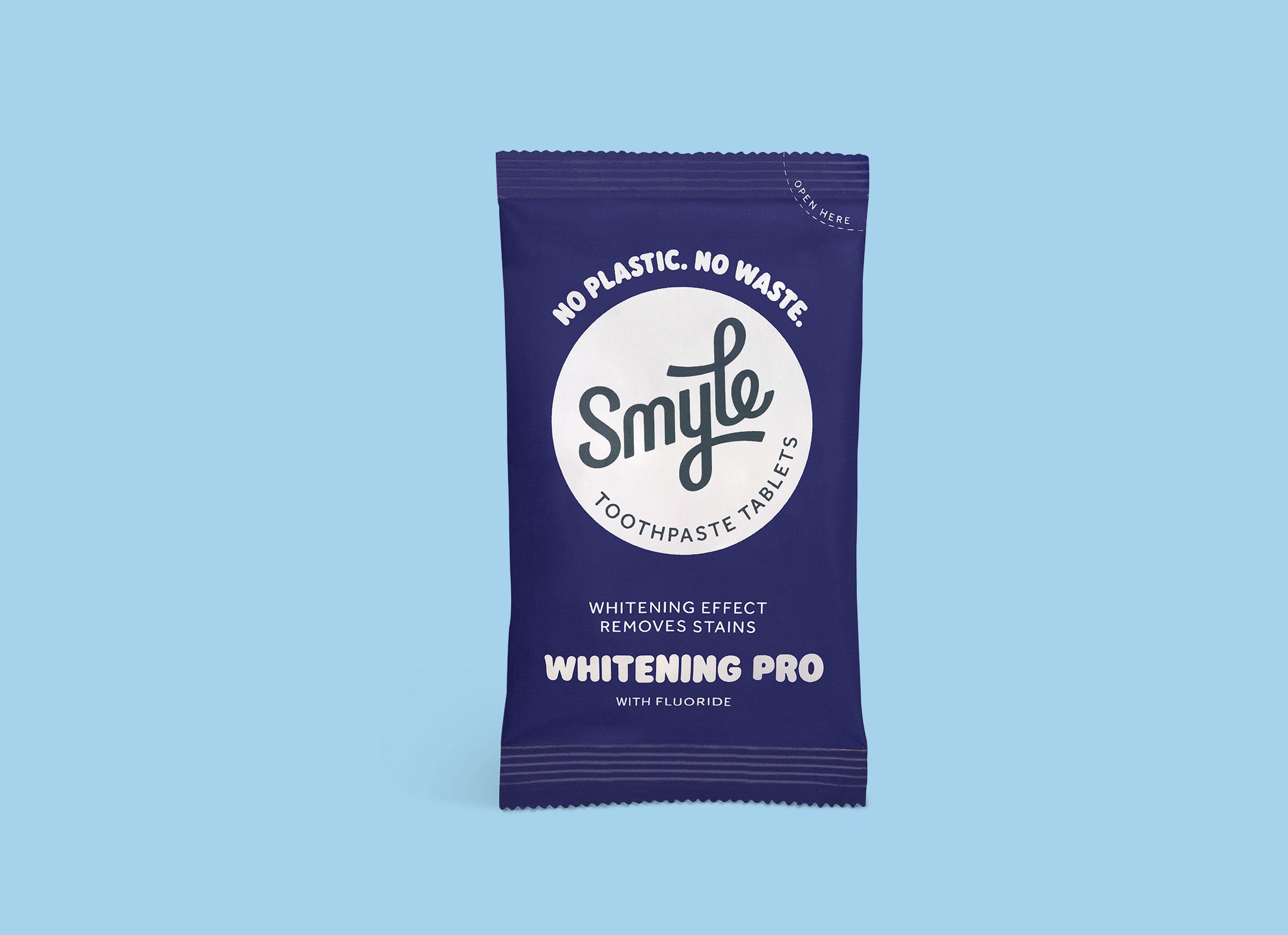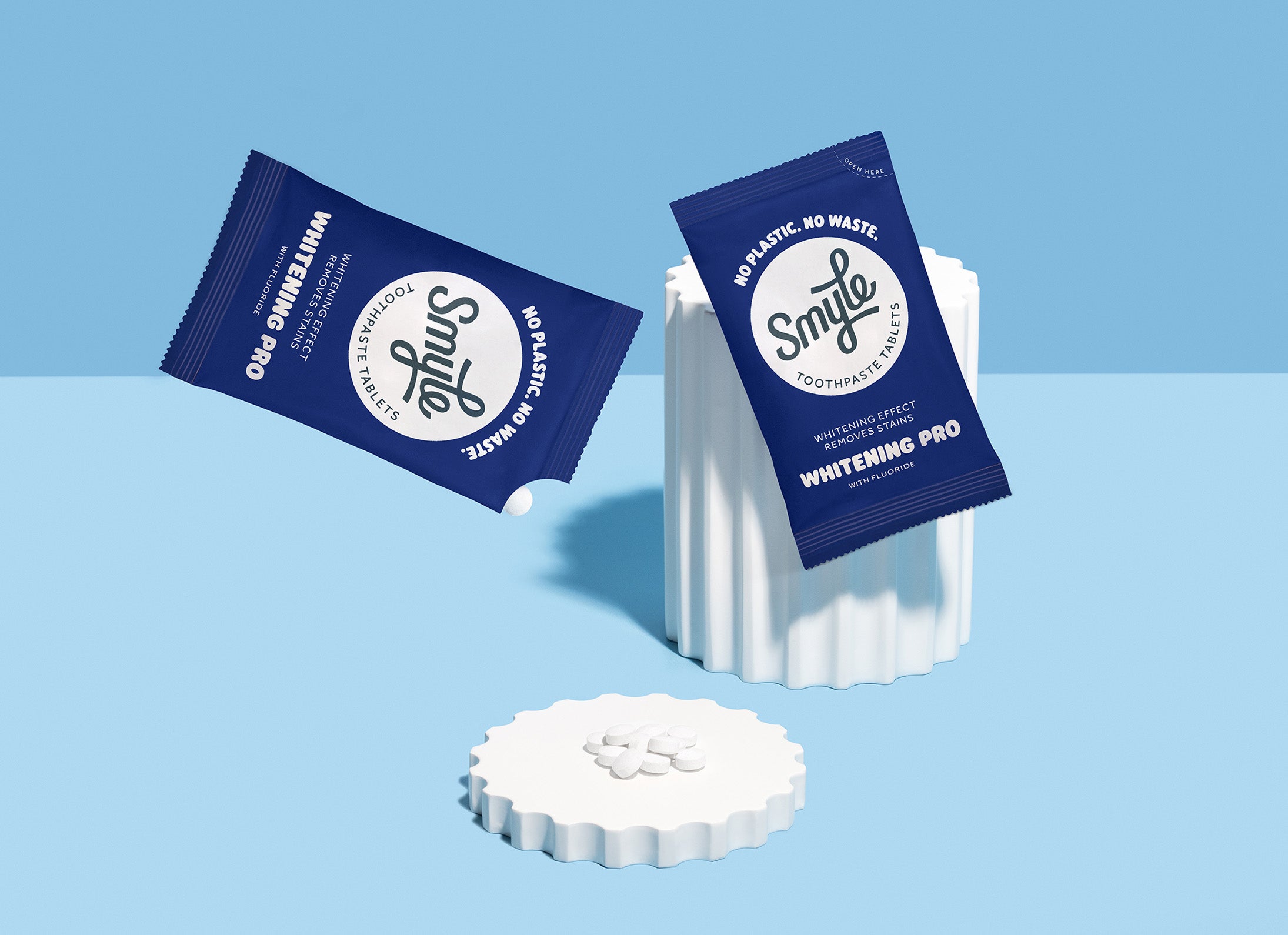
When we think about oral care, we usually focus on the teeth or tongue. But your gums are just as important.
So what if you start noticing that your gums are deteriorating?
This can have a major impact on your oral health. Luckily, with a confident Smyle, we’re here to tell you exactly what to do when your gum tissue starts dying—and what causes it.
What Is Dying Gum Tissue?
In short, dying gum tissue is the gradual loss of healthy gum tissue around your teeth and molars. Your gums protect and support your teeth by covering the roots. When gum tissue starts to deteriorate, the gums begin to recede, exposing the tooth roots. And that can be a real issue—it leads to sensitivity to hot and cold foods, bleeding gums, loose teeth, and even tooth loss.
How to Recognize Dying Gums
A healthy mouth is pink, free of cavities, doesn't bleed when brushing or flossing, isn’t swollen, and shows no signs of pain or sensitivity. Healthy gums fit snugly around the teeth. If that’s not the case, you might be dealing with dying gum tissue. Here’s what to watch for:
-
Redness and swelling
-
Bleeding while brushing or flossing
-
Gum pain or sensitivity
-
Loose teeth
-
Persistent bad breath
-
Yellowish or exposed teeth
If you experience any combination of these symptoms, it’s important to act quickly and see a dentist for a proper diagnosis and treatment plan. But keep reading this blog for helpful insights!
The Causes
The most common culprits are brushing too hard or grinding/clenching your teeth. Other causes of dying gums include:
1. Poor Oral Hygiene
Inadequate or improper dental care can lead to plaque buildup—a sticky film of bacteria along your teeth and gumline. These bacteria produce toxins that irritate and inflame the gums.
2. Gum Diseases
Conditions like gingivitis (inflammation of the gums) and periodontitis (advanced gum infection affecting bone and tissue) can cause the gums to recede and even die if left untreated.
3. Tobacco Use
Tobacco is a major risk factor. Chemicals in tobacco products damage gum tissue and reduce blood flow, which weakens and deteriorates the gums over time.
4. Gum Trauma
Injuries to the gums, such as from accidents or surgery, can also trigger gum recession and loss.
5. Severely Crooked Teeth
Misaligned teeth make gums more prone to inflammation and harder to clean, allowing bacteria to build up and cause damage.
6. Vitamin Deficiencies
A lack of vitamins C and D can contribute to gum deterioration. Be sure to eat plenty of fruits and vegetables or consider supplements if needed.
How to Prevent Dying Gums
The most important step in prevention is maintaining excellent oral hygiene:
-
Brush at least twice daily with a soft-bristled toothbrush and fluoride toothpaste.
-
Clean all surfaces of the teeth, especially the gumline and the back of the teeth.
-
Use floss or interdental brushes to clean between your teeth where a brush can’t reach.
Additionally:
-
Avoid tobacco products as much as possible. Smoking increases your risk of gum disease and slows healing.
-
Attend regular dental checkups. Dentists can catch early signs of gum issues and recommend treatments to prevent further damage.
-
Professional cleanings help remove tartar and plaque, further lowering your risk of gum deterioration.
-
Ask your dentist for personalized tips to improve your daily routine.
Professional Treatment Options
When gums are already receding, your dentist may first provide in-depth advice on brushing and cleaning techniques. In more advanced cases, you might need:
-
A deep cleaning by a dental hygienist
-
Treatment by a periodontist for gum restoration
Two common procedures include:
-
The Pinhole Technique: A tiny hole is made in the gums, and the tissue is gently loosened and repositioned. Collagen strips are inserted to support the tissue.
-
Gum Grafting: Tissue (usually from the roof of the mouth) is placed over exposed roots to restore the gumline.
These treatments depend on the severity of gum recession, so always consult your dentist first for a complete assessment.
What You Can Do Yourself
While professional care is key, there are simple actions you can take to help protect your gums.
Tip 1:
Maintain a proper oral hygiene routine. Brush with fluoride, floss, and use the right mouthwash regularly.
Tip 2:
Choose the right toothbrush! A soft-bristled brush reduces the risk of damaging your gum tissue.
Tip 3:
Use toothpaste for sensitive teeth if you're experiencing discomfort.
Healthy Gums, Happy You
Healthy gums are essential for a beautiful smile and strong oral health. While dying gum tissue is certainly a concern, there are plenty of ways to treat and prevent it.
With proper brushing, flossing, rinsing, and regular dental visits, you can maintain and improve the health of your gums. Because when your mouth is healthy, you feel good, too!










































